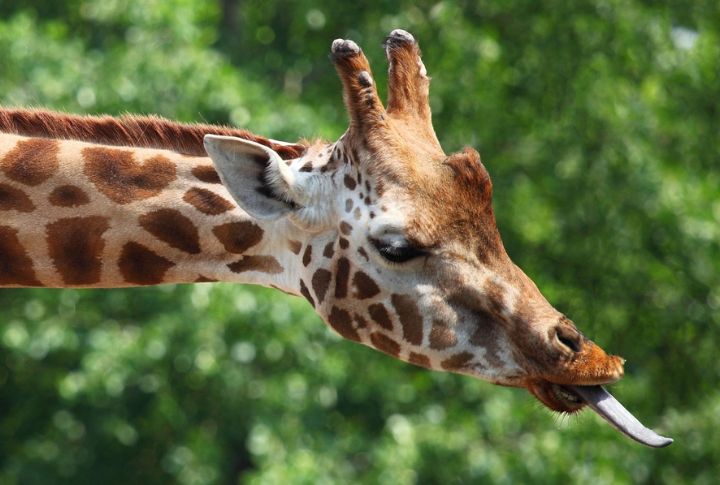
It’s easy to overlook the tongue until you meet the animals that turned it into a superpower. In nature, weird often works. Some creatures use their tongues to reach impossible places or even sense the world around them. Here’s a closer look at 10 animals whose tongues are as fascinating as they are functional.
Chameleon
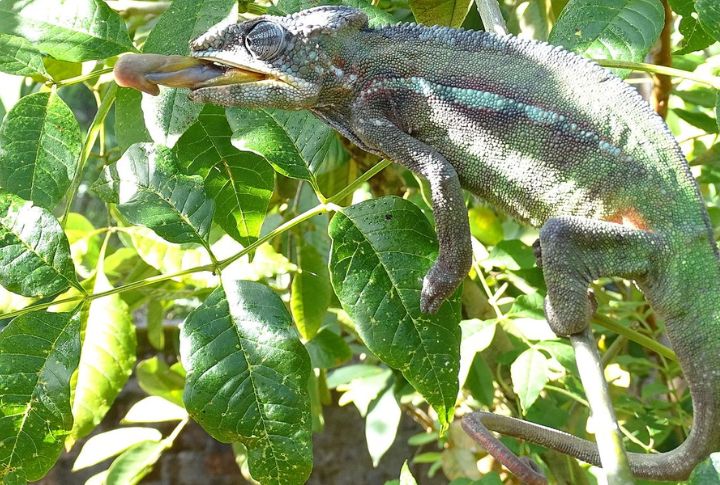
Hidden among branches and leaves, the chameleon launches at its prey using a tongue that stretches more than twice its body length. This elastic-powered projectile moves at lightning speed, reaching 13 miles per hour. The tongue ends in a suction-cup tip that effortlessly snatches unsuspecting insects.
Giant Anteater
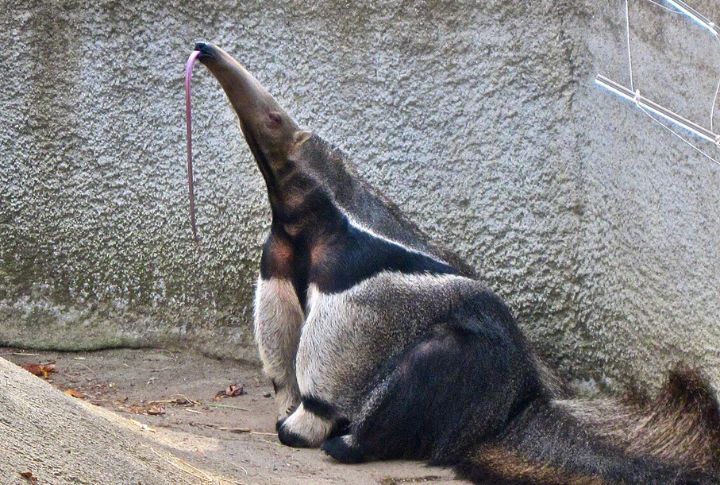
Instead of biting or chewing, the giant anteater relies on a two-foot-long tongue that flicks in and out up to 150 times a minute to sweep up ants by the thousands. With no teeth to help, it depends entirely on sticky saliva and a tongue anchored unusually deep within its chest cavity.
Blue Whale
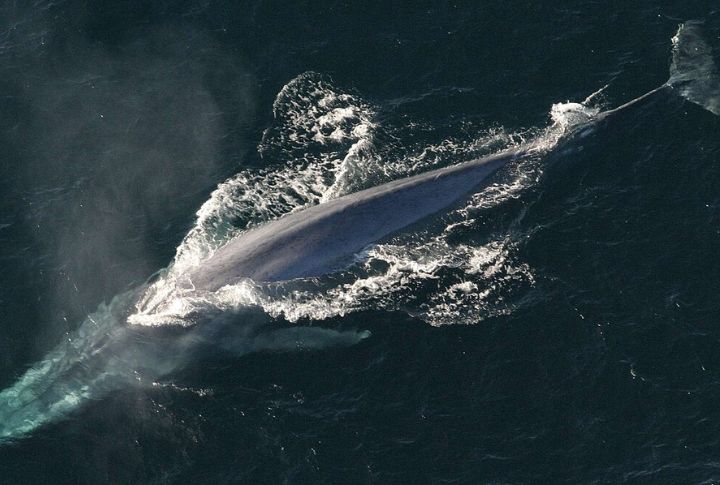
When the largest animal on Earth opens its mouth, its tongue (a staggering three-ton slab of muscle) goes to work, pushing nearly a ton of water and food through its baleen filters. This heavy, colossal organ plays a vital role in handling the sheer volume of its oceanic meals.
Okapi
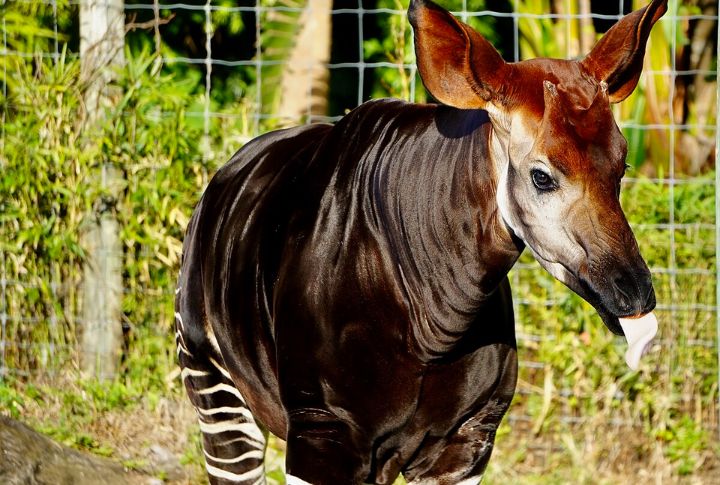
Living deep in central African forests, the okapi has a tongue that stretches 18 inches and functions like a multipurpose tool. Prehensile and dark like a giraffe’s, it’s capable of stripping leaves with precision. Surprisingly, it’s also flexible enough to clean its own eyes, eyelids, and even ears.
Woodpecker
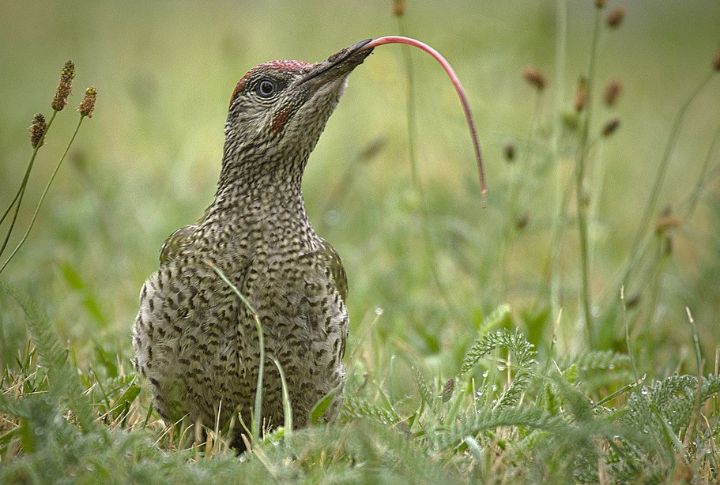
Before it ever pecks through the bark, the woodpecker prepares with a tongue stored remarkably; it wraps entirely around its skull like a biological safety harness. Covered in sticky mucus and tipped with barbs, the tongue is ideal for reaching into crevices and extracting deeply hidden insects with ease.
Sun Bear
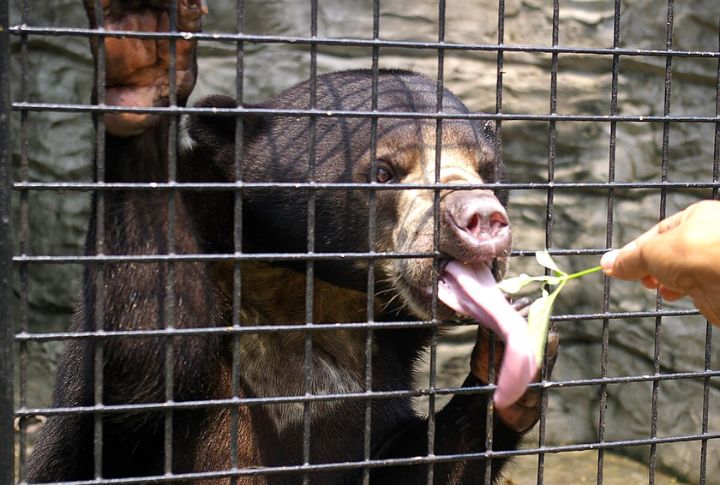
Found in Southeast Asia’s dense forests, the sun bear is often called the “honey bear” for its love of sweet treats. Its 10-inch tongue helps it reach deep into beehives and termite nests, making it easy to extract honey and insects hidden in bark and wood.
Penguin
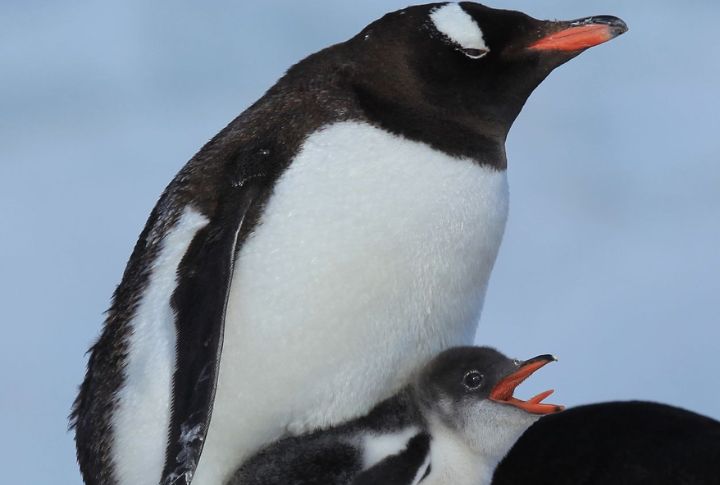
Underneath that tuxedoed charm lies a feeding tool built for battle: the penguin’s tongue. It’s lined with backward-facing spines and grips fish with ferocity. These barbs point inward to trap prey, and the roof of the mouth mirrors this same structure to ensure each slippery catch is guided directly down the throat.
Giraffe
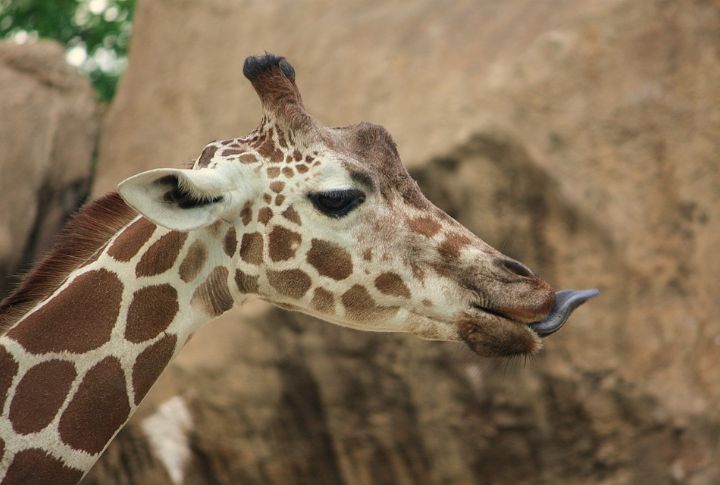
Towering above the savanna, the giraffe has a 20-inch tongue. It has the precision of a sculptor to wrap around thorny acacia branches to pluck leaves no other herbivore dares to touch. Its dark pigmentation prevents sunburn, and it’s so agile it even helps clean ears and delicate facial areas.
Hummingbird
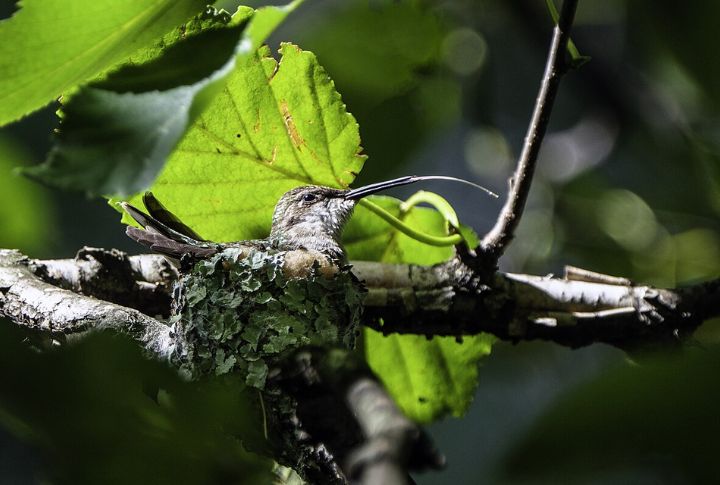
Rather than sipping nectar casually, the hummingbirds turn feeding into a performance. They flick their tubular tongues up to 20 times per second. Using capillary action and a unique pump mechanism, this delicate tool adapts to a variety of flower shapes and retracts like a straw when not in use.
Mantis Shrimp
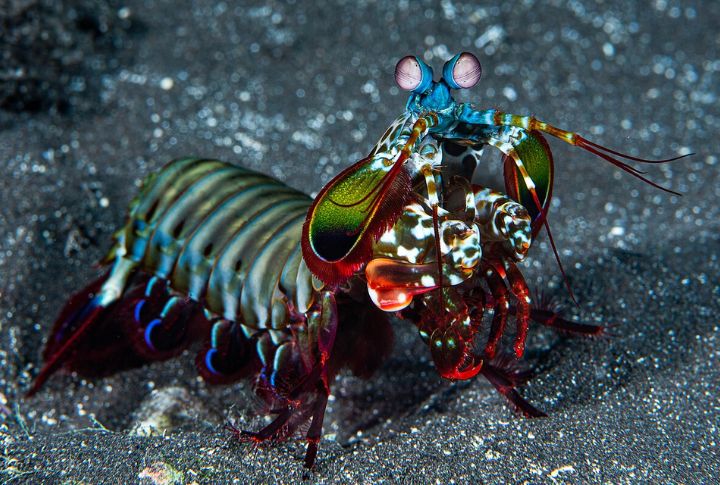
Known for delivering the fastest strike in the animal world, the mantis shrimp uses a tongue-like appendage near its claws. Filled with chemoreceptors, the structure helps detect chemical signals in the water. That tongue also works alongside a powerful vision to find and identify prey in murky terrain.

